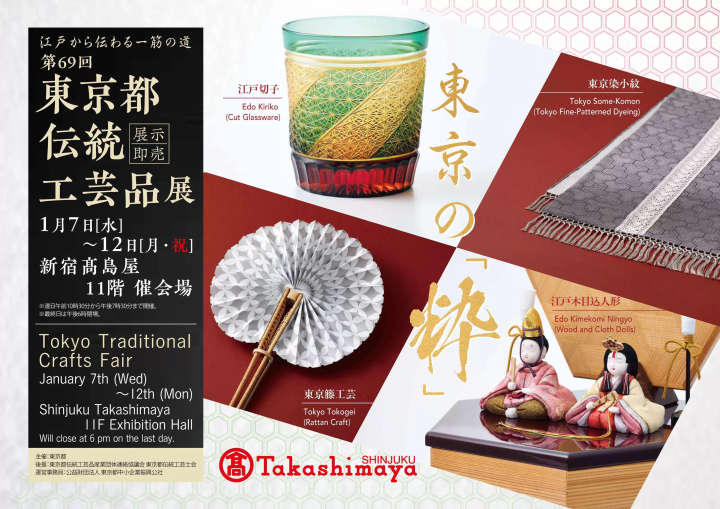What are the rules for hot springs? Introducing Japanese hot spring etiquette and recommended hot springs in winter

There are many hot springs all over Japan. Anyone can enjoy hot springs, but did you know that there are rules that must be followed? In this article, we will introduce Japanese hot spring etiquette, the correct way to bathe in a hot spring, and introduce hot springs that are recommended for winter.
8 hot spring rules you should definitely remember
First, we will introduce 8 hot spring rules that you must follow. These are all obvious rules, but there are still some people who don't know about them. If there are any rules that you don't know, take this opportunity to learn them and make sure to follow them the next time you go to a hot spring.
Enter the hot springs naked
When entering a hot spring, you should take off all your clothes and enter completely naked. In other countries, it is common to enter wearing a swimsuit or special clothing, but in Japan, the general rule is to enter completely naked.
However, there are some exceptions, such as mixed-gender baths where entering naked is prohibited.
People who are not used to being naked in public places such as hot springs may be hesitant, but once you enter the hot spring you will not be bothered. Think of it as an experience of Japanese culture and be sure to enter the hot spring naked.
In principle, the use of smartphones in the changing room or bathroom is prohibited.
Some people may not have known this, but the use of smartphones in the changing rooms and bathrooms is prohibited as a general rule. The operation of electronic devices with cameras, including mobile phones and games, is also prohibited.
Since you enter and exit the hot springs naked, even if you are not using a camera, please refrain from any behavior that may make people around you feel uncomfortable or suspicious. Of course, the use of single-lens reflex or digital cameras is also prohibited.
It is also best to refrain from making any kind of calls on your smartphone. When you go to a hot spring, set your phone to silent mode and leave it in your bag or valuables in a locker.
Wash your body before soaking in the bathtub
Once you enter the large public bath, use kakeyu, a type of water that you pour over your body before entering the bath, to remove any dust or dirt from your body. If the hot spring facility has a washing area, we recommend washing your body thoroughly before entering the bath.
This is because bathtubs are meant for everyone to soak in. If you soak in the bathtub without washing your body, the water will become dirty.
Also, if the water temperature is high, the sudden difference in temperature can cause your blood pressure to rise and put a lot of strain on your body if you suddenly get in the bath. For your own health, be sure to wash your body before getting in the bath.
Do not put hair or towels in the bathtub.
In order not to pollute the water, please do not put your hair or towels in the bath. If your hair is in the bath, dandruff and dust will fall into the bath, which is unhygienic. If you have long hair, tie it up with a hair band or wrap a towel around your head before getting in.
Many people use towels to cover important parts of their body, but be sure to remove them before soaking in the bathtub.
Towels can carry germs and contaminate the bathtub, so when you get in the bath, place a towel on your head or somewhere that won't get in the water before getting in.
Don't do laundry
Doing laundry in the large public bath is prohibited. Not only in the bathtub, but also in the washing area, which is basically a place for washing only your body, so you are not allowed to wash clothes or towels. This behavior will make other people feel uncomfortable.
The same goes for the sink in the dressing room. When entering the large public bath, be sure to only bring a towel with you.
If shampoo and soap are not provided at the washing area, you can bring your own shampoo, conditioner, body soap, and soap for washing the body. In that case, please be careful about where you put them while enjoying the hot spring.
Be careful not to shower on other people
When washing yourself in the shower, be careful not to shower on the people around you. Many people feel uncomfortable if they get shampoo that someone else is washing off on them.
For this reason, when you are taking a shower, make sure there are no people around before washing off.
If it is crowded and there are many people around, it can't be helped if some of the hot water from the shower splashes on you. However, you should take care to reduce the water pressure so that it does not splash on those around you.
Return the buckets and chairs in the bathroom cleanly.
After using a bucket or chair, be sure to rinse it with hot water or water to remove any shampoo suds.
That being said, there is no need to thoroughly wash the buckets and chairs. The important thing is to leave them in a state that is comfortable for the next person to use.
To do this, be sure to use the shower to completely wash off any bubbles and return the buckets and chairs to their original locations before you used them. All of this is to ensure that everyone who visits the hot springs can enjoy their time there.
Dry yourself off before leaving the bathroom
Finally, to avoid soaking the changing room, be sure to dry off your body before leaving the bath. If your feet are wet, you may slip and fall.
Similarly, when it comes to towels, be sure to wring them out thoroughly before leaving the bath. This is to avoid getting the towels wet on the floor. We want to create a changing room that is comfortable for both those who have already enjoyed the hot springs and those who are about to enjoy them. Each individual's attitude is important.
Three rules for enjoying hot springs to the fullest
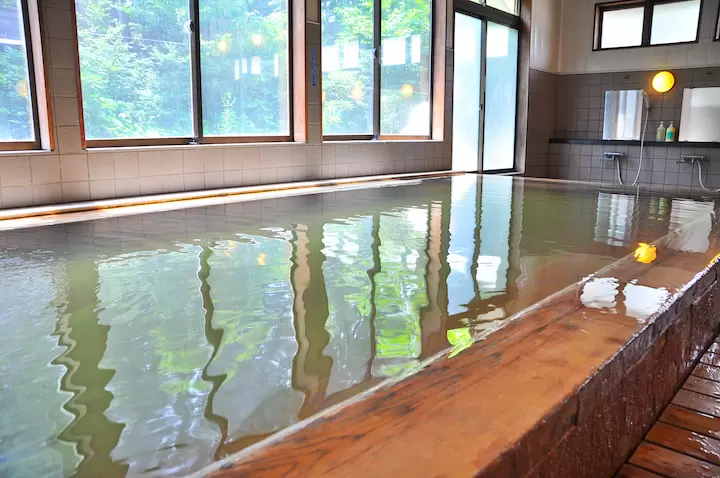
Next, we will introduce three rules to help you enjoy hot springs to the fullest.
Hot springs are places where everyone can relax and soothe their fatigue, so please follow the rules when bathing.
Drinking alcohol before bathing should be avoided
We recommend limiting the amount of alcohol you drink before bathing and entering the hot spring when you are not intoxicated. If you feel like you have had too much to drink, refrain from entering the hot spring on the day and wait until the next day. This is because there is a risk of feeling sick due to disrupted blood circulation or drowning in the bathtub.
Also, if you are drunk and your feet are unsteady, you run the risk of slipping and falling.
Alcohol can be a nuisance not only to yourself, but also to those around you. Before entering the hot spring, limit yourself to one glass of beer and enjoy your drink after taking a proper bath. Surely the alcohol will taste better after entering the hot spring.
When bathing with small children, always keep them close to you. Hot springs are places where there is a high risk of accidents for small children.
Small children should always be accompanied
If you take your eyes off your child, they may drown in the bathtub or slip and fall.
Also, children running around in the bathroom may make people around them feel uncomfortable, so please make sure to closely supervise your children so that they can enjoy the hot springs safely and comfortably.
Hot springs are relaxing spaces that are enjoyed with many other people. It is possible that you may end up letting your usual habits reappear, or that you may get so excited that you lose sight of your surroundings.
Remember that there are people around you
For example, spitting in the bathroom, sneezing without covering your hands, talking loudly with friends, or splashing around in the bathtub.
All of the above examples are behaviors that will make people around you feel uncomfortable, so be sure to avoid them at all costs while in a hot spring.
One of the best things about soaking in a hot spring is that you will mysteriously find yourself talking to other people. Let's enjoy the hot springs while being considerate of each other.
Can people with tattoos not take baths? A culture unique to Japan
In Japan, there is a unique culture that prohibits people with tattoos from entering hot springs. This is due to the strong image of "tattoos = evil" in Japan.
In the past, people got tattoos to show their identity (like the Vikings in Europe) or as a form of aesthetics. However, from the Nara period (700s AD), tattoos were considered a form of punishment. It seems that tattooing criminals was used to set an example for others.
This punishment was abolished during the Meiji period, but decorative tattoos were also banned as they were deemed barbaric. From then until 1948, tattooing was illegal in Japan.
Due to this historical background, tattoos have developed a negative image in modern Japan as something antisocial.
Even today, most hot springs have signs saying "People with tattoos are not allowed to bathe."
On the other hand, it is also true that the number of young people in Japan who have tattoos as a fashion trend is on the rise. Furthermore, there are many cases of foreign tourists with tattoos visiting hot springs, and little by little, the number of hot springs in Japan where they can be used is increasing.
However, if you are refused entry, we recommend that you give up and go to another hot spring facility. Remember that Japan has its own unique ideas about tattoos, and try to embrace Japanese culture.
Nagano is recommended for winter hot springs! 3 hot spring towns you should visit at least once
There are hot springs all over Japan. If you are wondering which hot spring to visit, how about the hot springs in Nagano?
Nagano boasts one of the largest numbers of hot springs in Japan. It is especially recommended in the cold winter season, when you can relax in the hot water while watching the snow. Another attraction of Nagano's hot springs is the historic streets and the many shops that make you want to stop by.
Nagano Prefecture is also relatively easy to access from the urban centers of the Kanto and Kansai regions, and you can enjoy skiing and snowboarding along with hot springs. Here we introduce three hot spring towns in Nagano Prefecture that you should visit at least once, as well as the facilities where you can take a day trip to bathe in each of them.
"Yudanaka Shibu Onsenkyo" near Jigokudani Monkey Park, which is popular for its snow monkeys
"Yudanaka Shibu Onsenkyo" is a hot spring town with nine hot springs located along three rivers that flow through Yamanouchi Town, Shimotakai District, Nagano Prefecture. It is also easily accessible to Jigokudani Monkey Park, which is popular for its snow monkeys.
The ski resort of Shiga Kogen is also nearby, so you can enjoy snow activities there as well. One of the largest hot spring towns in the Yudanaka Shibu Onsen area is Shibu Onsen.
Shibu Onsen is a hot spring town that retains a nostalgic atmosphere, as if you had traveled back in time. The cobblestone streets are lined with inns, restaurants, and souvenir shops, and just walking around makes you feel excited.
If you are staying overnight at Shibu Onsen, we also recommend the "Kyu-to Tour." Relax and soothe your travel fatigue by touring the nine outdoor baths.
Day-trip bathing available at the outdoor bath "9th Bath Shibu Oyu"
"9th Bath Shibu Oyu" is the only outdoor bath among the 9 baths that can be used by non-guests. There is no washing area in the bathroom, it is a hot spring with only a bathtub. The exposed concrete walls and wooden floors create a retro atmosphere.
The hot spring is characterized by its cloudy ochre water that contains a lot of iron. You can also enjoy a mist sauna that uses the hot spring heat from the changing room.
Day-trip bath tickets can be purchased at the Shibu Onsen Ryokan Association or at the Shibu Onsen parking lot.
- Address: 2115 Heijo, Yamanouchi-machi, Shimotakai-gun, Nagano Prefecture
- Phone number: 0269-33-2921 *Shibu Onsen Ryokan Association & Shibu Oyu Day-Trip Bathing Ticket Sales Office
- Business hours: 10:00-17:00 *Monday, Wednesday, and Friday: 13:00-17:00
- Price: 800 yen for adults, 500 yen for children
- Access: Take the Nagaden bus from Yudanaka Station on the Nagano Electric Railway for about 10 minutes, then get off at the Shibu Onsen or Wagobashi bus stop (about 2 minutes on foot)
- Official website: https://shibuonsen.net/onsen/
Nozawa Onsen: Enjoy a tour of 13 outdoor baths
Nozawa Onsen is famous for being a hot spring resort lined with restaurants and souvenir shops, where you can enjoy touring 13 outdoor baths. The outdoor baths, which have been protected by the villagers under a system called "Yunakama" since the Edo period, are 100% natural hot spring water.
Even though it is an outdoor bath, it is always under maintenance, so the baths are kept clean. Even today, it is a hot spring that is often used by locals, so you can enjoy chatting with the locals while bathing in the hot spring. It is sure to become a good memory of your trip.
Also, don't forget to try "onsen tamago" (hot spring eggs), which are cooked using the heat of the hot springs at Nozawa Onsen. Some public baths are equipped with cauldrons for making onsen tamago (hot spring eggs). Buy some eggs at a store in the hot spring town and give it a try. Inside the cauldron is the hot spring water, which is about 75°C. Be careful of the boiling water as you enjoy your time.
"Sparina" is a place where you can enjoy hot springs while wearing a swimsuit, something that is rare in Japan.
"Sparina" is a day-trip hot spring facility located near Nozawa Onsen Ski Resort. It has a large open-air bath where you can enjoy bathing suits, which is rare in Japan, and an open-air observation bath with natural hot spring water.
There are also separate indoor baths and saunas for men and women, so you can fully enjoy the waters of Nozawa Onsen.
Within the facility, there is a rest room where you can take a nap, a relaxation room with reclining chairs, and a restaurant where you can dine on original dishes made with ingredients from Nozawa Onsen Village, so you can relax and enjoy your time with your family and friends.
- Address: 6748 Toyosato, Nozawa Onsen Village, Shimotakai District, Nagano Prefecture
- Phone number: 0269-85-4567
- Business hours: 14:00-20:30 (last entry at 20:00)
- Admission fee: Adults (junior high school students and above) 900 yen, Children (ages 3 to elementary school students) 700 yen
- Access: From Iiyama Station on the JR Hokuriku Shinkansen, take a direct bus bound for Nozawa Onsen for about 25 minutes, then get off at the Nozawa Onsen bus stop (about a 10-minute walk)
- Official website: https://www.nozawaski.com/spa/
Omachi Onsenkyo is located at the foot of the Northern Alps, close to Kurobe Dam and ski resorts.
Omachi Onsenkyo is a quiet hot spring resort surrounded by birch and beech forests at the foot of the Northern Alps. The hot spring water is drawn from Kuzu Onsen in Takase Valley and is used by inns, hotels, and day-trip bathing facilities.
It is an ideal hot spring as a base for sightseeing in the Hakuba area, which is home to the Tateyama Kurobe Alpine Route in summer and numerous ski resorts in winter. Although it is a relatively small hot spring village, it is easily accessible, as express buses from the Tokyo area also stop there.
This hot spring resort is highly recommended for those who want to enjoy not only sightseeing but also skiing and snowboarding.
"Yukemuri Yashiki Yakushi no Yu" is a spacious facility that is perfect for families
"Yukemuri Yashiki Yakushi no Yu" is the only day-trip hot spring facility in Omachi Onsenkyo. It is used by many locals as well as tourists who come after enjoying sightseeing or snow activities. The facility boasts 18 baths, a large Japanese-style hall of about 164 square meters, and a lounge, making it a large facility that is also great for families.
Another attraction is that there are facilities you can use in addition to the hot springs, such as the Hot Spring Museum, where you can learn about the history of Omachi Onsenkyo, and Nagomi, where you can dine.
- Address: 2811-41 Hira, Omachi City, Nagano Prefecture
- Phone number: 0261-23-2834
- Business hours: 7:00-22:00 (last entry 21:30)
- Admission fee: Adults (junior high school students and above) 750 yen, Children (elementary school students) 300 yen
- Access: 20 minutes by bus from JR Oito Line "Shinano Omachi" Station, get off at the bus stop "Omachi Onsenkyo" (approximately 3 minutes walk)
- Official website: https://www.o-yakushinoyu.com/index.html
The Snowliner is a convenient way to get from Tokyo to Nagano's hot springs in winter!

There are various rules when it comes to bathing in hot springs in Japan, but if you follow them properly and bathe properly, you're sure to enjoy the hot springs comfortably.
To get to the winter hot springs in Nagano introduced in this article, it's convenient to take the direct bus "Snow Liner" that departs from the Tokyo area. Since you can choose your boarding and disembarking points on the "Snow Liner," you can travel directly from Tokyo Station, Haneda Airport, or Narita Airport to the Nagano area.
In addition, it will operate daily during the winter season from December 15, 2023 to March 29, 2024. The pricing is easy to understand, so it is also attractive that it is easy to make reservations.
For more information, please see the official website, which is available in Japanese, English, Chinese, and Korean.
We operate direct buses from Haneda/Narita Airport to each ski resort. https://spur.jamjamliner.jp/
The contents on this page may partially contain automatic translation.























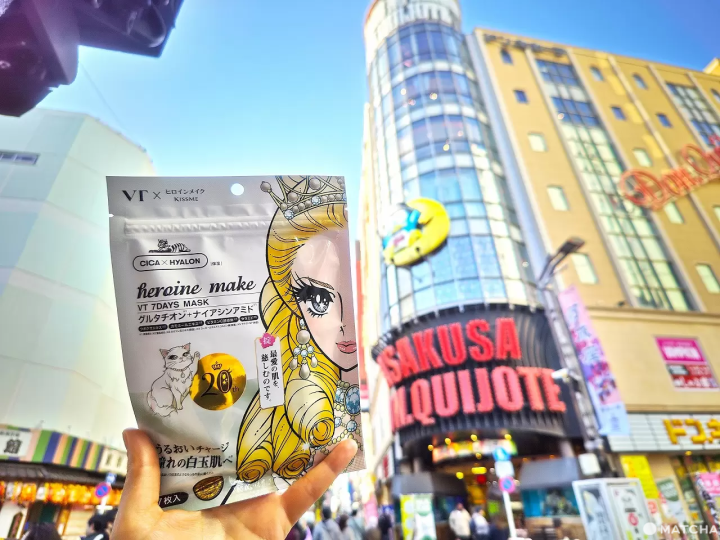
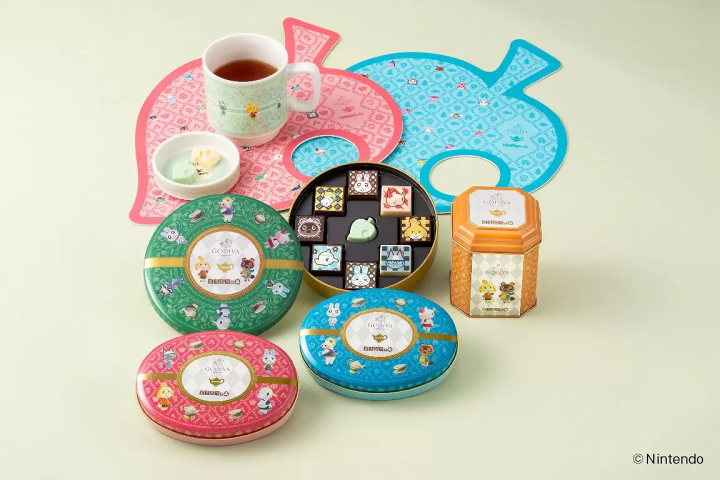
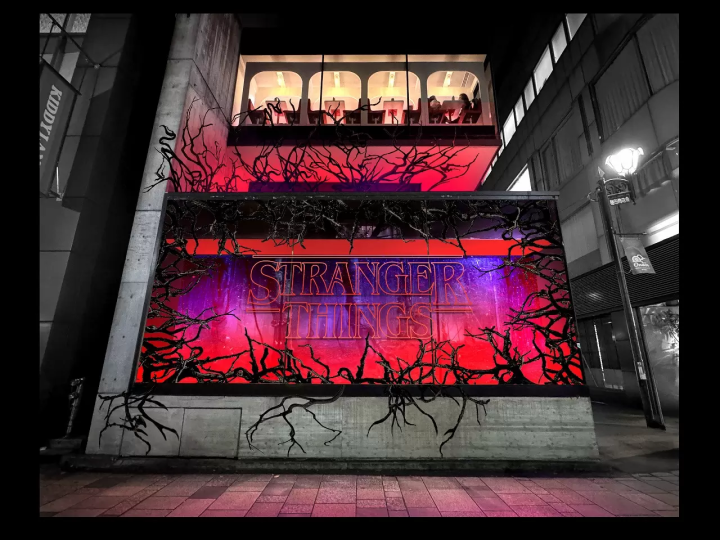
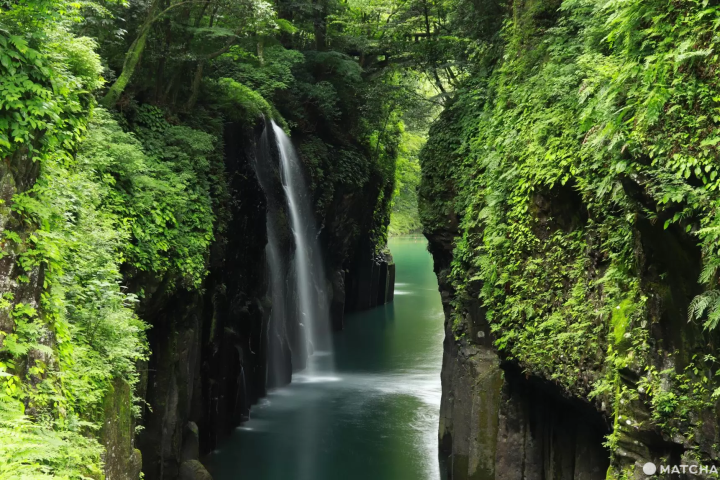





![[JR KYUSHU HOTEL Blossom Oita] A hotel directly connected to Oita Station - A comprehensive guide to access!](https://resources.matcha-jp.com/resize/720x2000/2025/10/23-247814.webp)
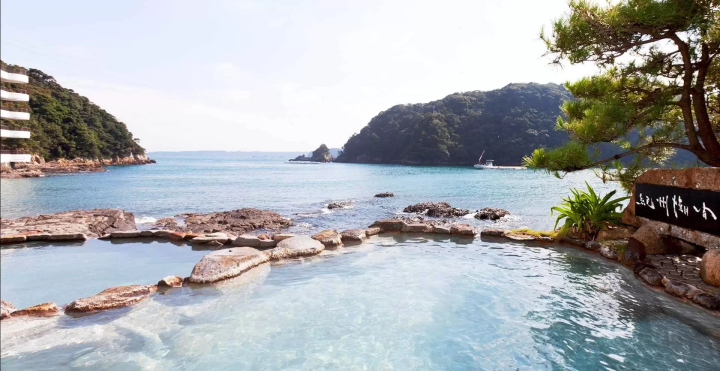
![Deep dive into Japanese brands! A tour of famous leather shoe stores with GENSEI & Nin [Harta Edition]](https://resources.matcha-jp.com/resize/720x2000/2025/12/18-253277.webp)
